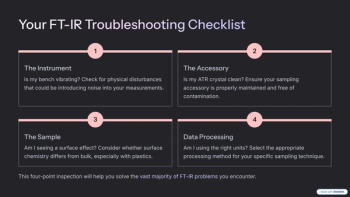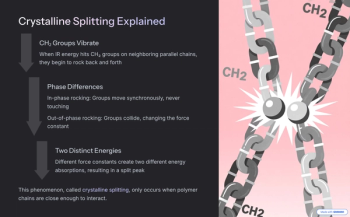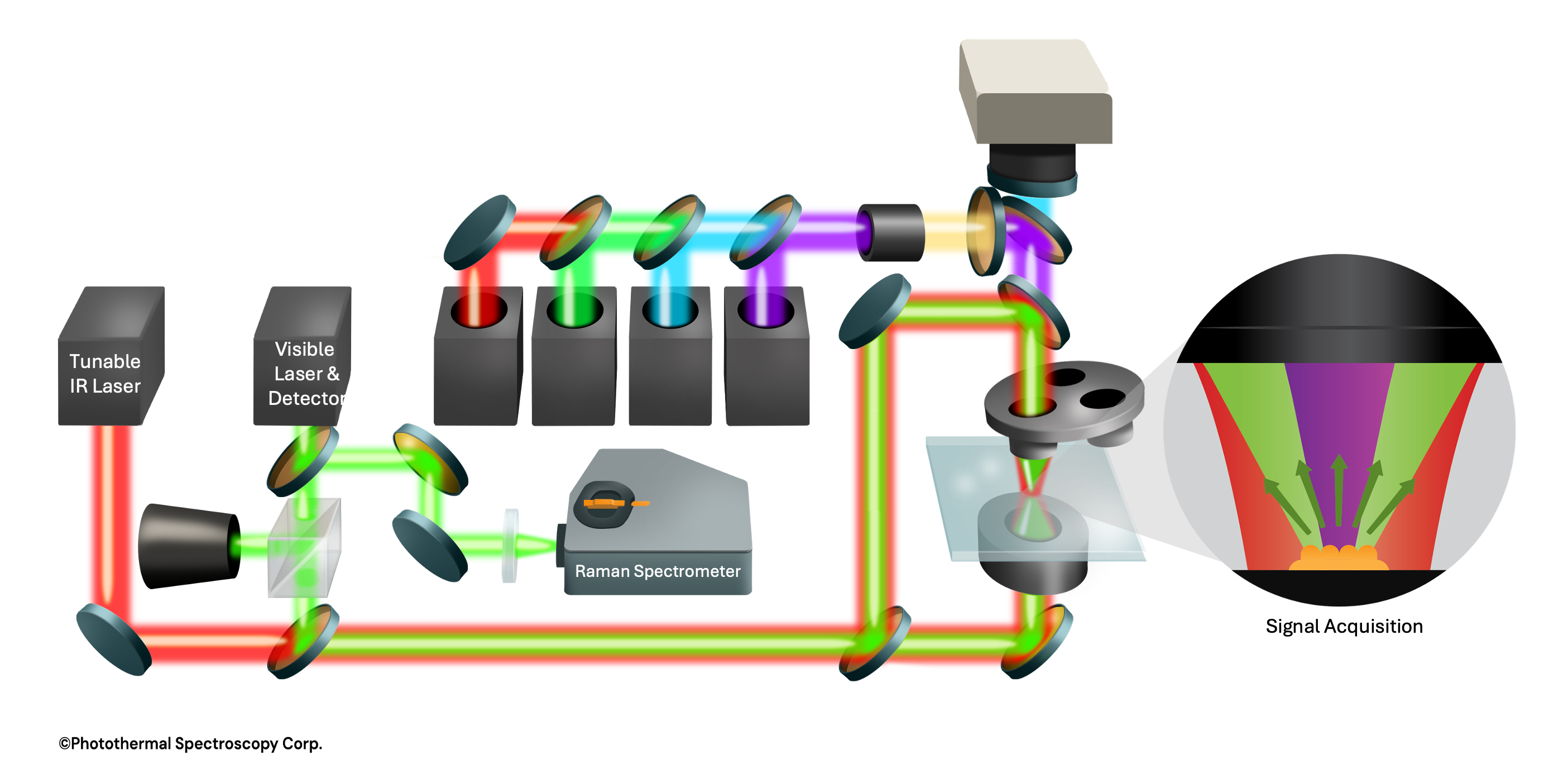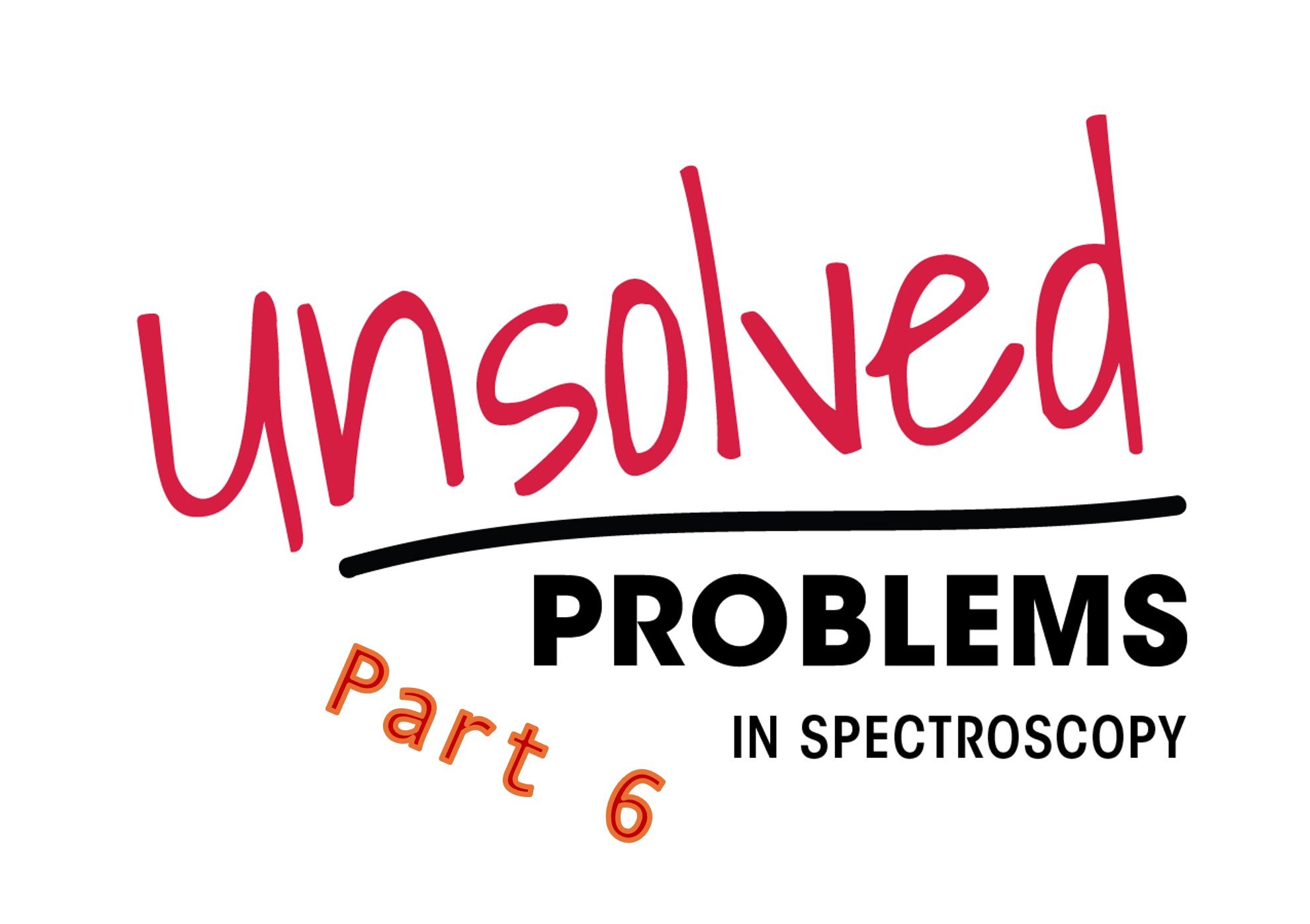
Infrared (IR) Spectroscopy
Latest News
Latest Videos

More News

A new study demonstrates how a machine learning technique, quantile regression forest, can provide both accurate predictions and sample-specific uncertainty estimates from infrared spectroscopic data. The work was applied to soil and agricultural samples, highlighting its value for chemometric modeling.

A new study demonstrates that infrared spectroscopy combined with chemometric modeling offers a fast, cost-effective way to classify plant-based milk alternatives and detect compositional variability, particularly in almond beverages.


This Icons of Spectroscopy Series article features Infrared pioneer Earle Keith Plyler (1897–1976), who transformed molecular spectroscopy—building precision techniques, reference data, and instruments that set enduring methods and standards at the National Bureau of Standards (NBS, now NIST). As a teacher and mentor, he established a generation of leaders in molecular spectroscopy.

The Icons of Spectroscopy series shines a spotlight on the pioneers whose work laid the foundation for modern analytical science.

This tutorial contrasts classical analytical error propagation with modern Bayesian and resampling approaches, including bootstrapping and jackknifing. Uncertainty estimation in multivariate calibration remains an unsolved problem in spectroscopy, as traditional, Bayesian, and resampling approaches yield differing error bars for chemometric models like PLS and PCR, highlighting the need for deeper theoretical and practical solutions.

Learn how to troubleshoot FT-IR spectroscopy. From noisy spectra to ATR errors, discover four common FT-IR problems and simple fixes.

Why polyethylene’s IR spectrum splits—unveiling crystallinity, side chains, and polymer structure in HDPE, LDPE, and LLDPE.

A new study investigates how colorants embedded in microplastics (MPs) interfere with Raman spectroscopy, one of the key tools used to identify microplastic particles. The research details how fluorescence from these additives complicates spectral analysis, underscoring challenges in environmental microplastic detection.

A recent study found that coffee, red wine, and Coca-Cola significantly reduce the hardness and alter the chemical structure of dental resin composites.

This tutorial investigates the persistent issue of sample heterogeneity—chemical and physical—during spectroscopic analysis. Focus will be placed on understanding how spatial variation, surface texture, and particle interactions influence spectral features. Imaging spectroscopy, localized sampling strategies, and adaptive averaging algorithms will be reviewed as tools to manage this problem, as one of the remaining unsolved problems in spectroscopy.

Webinar Date/Time: Tue, Sep 2, 2025 10:00 AM EDT

This Icons of Spectroscopy Series article features E. Bright Wilson, a pioneer of chemical physics. Wilson’s contributions to infrared, Raman, and microwave spectroscopy provided the theoretical and practical foundation for analyzing molecular structure and dynamics. As a revered professor at Harvard and coauthor of landmark texts, he mentored nearly 150 students and researchers, leaving a lasting legacy of scientific excellence and integrity.

ATR FT-IR shows polyethylene and polypropylene particles were common in facial scrubs and creams.

Chinese Academy of Sciences researchers combine spectroscopic methods with deep learning to classify microplastics at near-perfect accuracy.

Tracking Microplastics Across Air, Water, and Soil: What Spectroscopy Reveals About Global Pollution
A new study uses spectroscopic tools to analyze the spread and transformation of microplastics across water, soil, and air systems. Researchers also examined the limitations of global policies in addressing this multidimensional pollutant.

A new study by researchers from Spain and Brazil demonstrates that combining near- and mid-infrared spectroscopy with advanced statistical analysis can identify how growing site, harvest season, and clonal variation influence yerba mate’s chemical composition.

Researchers at the National Institute of Technology Rourkela have developed a highly accurate machine learning-assisted FT-IR spectroscopy method to detect and quantify sawdust adulteration in coriander powder, offering a fast and scalable solution to enhance food safety and authenticity.

A new study using infrared spectroscopy reveals that commercial beet sugar contains microplastic particles, raising concerns over food processing and packaging practices. Scientists identified various plastic types in sugar samples, including polyethylene and PET.

A recent study reveals that microplastics, primarily blue polyolefin fibers, are widespread throughout the western Arctic Ocean’s water column.

Algerian researchers used X-ray diffraction (XRD) with Rietveld refinement and Fourier transform infrared (FT-IR) spectroscopy to show how long-term exposure to desert conditions causes microstructural and compositional degradation in solar panels, offering critical insights for improving monocrystalline photovoltaic (PV) durability in extreme climates.

A recent study explored a new robust, multi-technique approach to detect ferric oxide red in spices.


A new study led by Gaëlle Belleau-Magnat at Université de Sherbrooke reveals that Arctic gossans, analyzed using rover-compatible techniques, may serve as valuable analogs for Martian environments and help guide the search for past life on Mars.

Mississippi State University researchers show that mid-infrared (MIR), a.k.a. infrared (IR), portable spectrometers, combined with calibration transfer techniques, can match lab instruments for soil property analysis.










